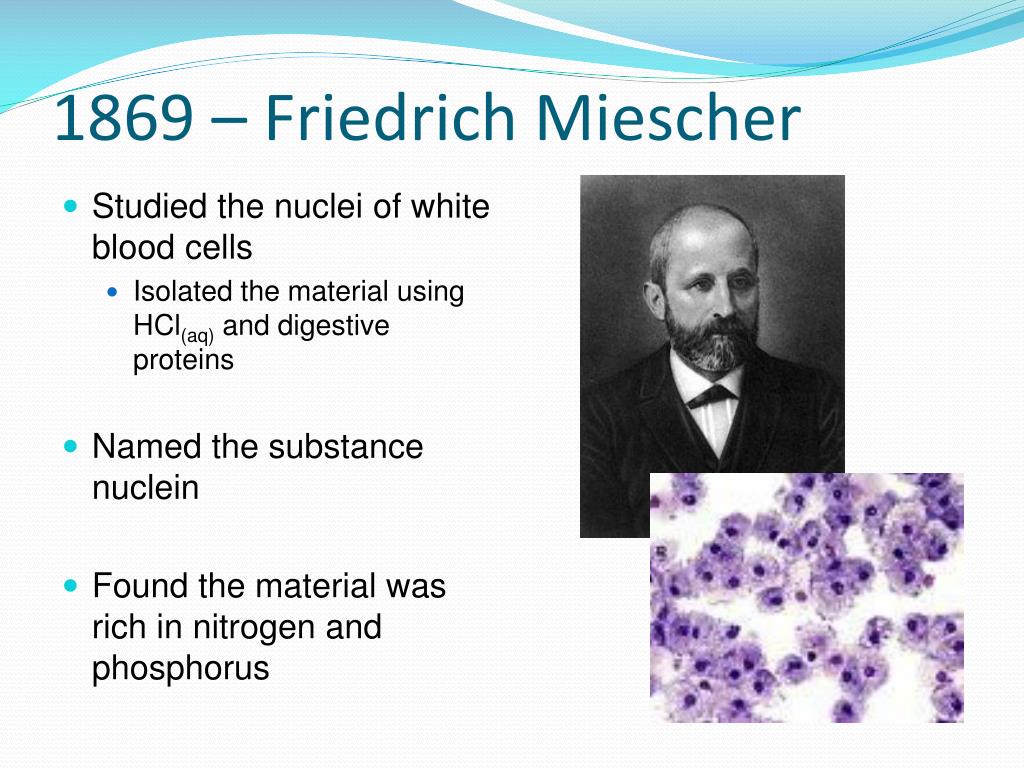Although friedrich miescher discovered dna in 1869 it wasn t until 1943 that scientists connected it to genetics they previously believed that proteins stored genetic data

Although Friedrich Miescher discovered DNA in 1869, it wasn’t until 1943 that scientists connected it to genetics.

DNA, short for deoxyribonucleic acid, is the hereditary material found in nearly all living organisms. Today, we understand its significance in transmitting genetic information and the fundamental role it plays in the functioning of our cells. However, it may come as a surprise to many that DNA was actually discovered over a century ago.
In 1869, Friedrich Miescher, a Swiss physician, made a groundbreaking discovery while studying white blood cells. Miescher isolated a substance from the nuclei of these cells and named it “nuclein.” Little did he know at the time that he had stumbled upon one of the greatest scientific discoveries in history — DNA.

Despite Miescher’s groundbreaking discovery, it took several decades for scientists to fully comprehend the significance of DNA in relation to genetics. Initially, they believed that proteins stored the genetic data. It wasn’t until 1943 that a group of scientists made the connection between DNA and genetics, forever changing our understanding of inheritance and heredity.
Before this pivotal discovery, the scientific community was primarily focused on proteins as the carriers of genetic information. However, in 1943, Oswald Avery, along with his colleagues Colin MacLeod and Maclyn McCarty, demonstrated that DNA, not proteins, was responsible for the transfer of genetic traits in bacteria. This finding laid the foundation for the field of molecular genetics and revolutionized the study of heredity.
Since then, countless researchers and scientists have dedicated their lives to unraveling the mysteries of DNA and its role in genetics. The discovery of the double helix structure of DNA by James Watson and Francis Crick in 1953 further solidified our understanding of this incredible molecule and opened up new frontiers in biological research.
Today, the study of DNA and genetics permeates various facets of scientific research and has a wide range of applications, from forensic science and medicine to agriculture and biotechnology. Understanding the structure and function of DNA has allowed us to delve deeper into the complexities of life itself.
In conclusion, Friedrich Miescher’s discovery of DNA in 1869 marked the beginning of a scientific journey that would take several more decades to connect DNA to genetics. It was not until 1943 that scientists like Oswald Avery elucidated the pivotal role DNA plays in determining genetic traits. Since then, our knowledge and understanding of DNA and genetics have grown exponentially, shaping the way we perceive life and paving the way for countless scientific advancements.
Source: National Human Genome Research Institute - Online Education Kit
Tags
Share
Related Posts
Quick Links
Legal Stuff

